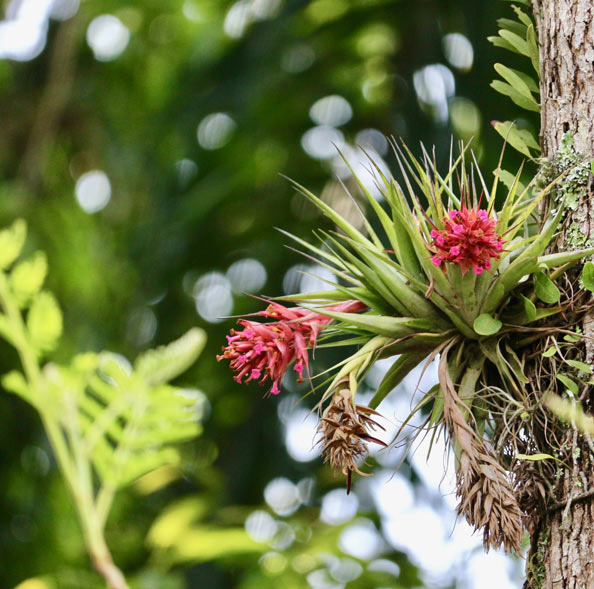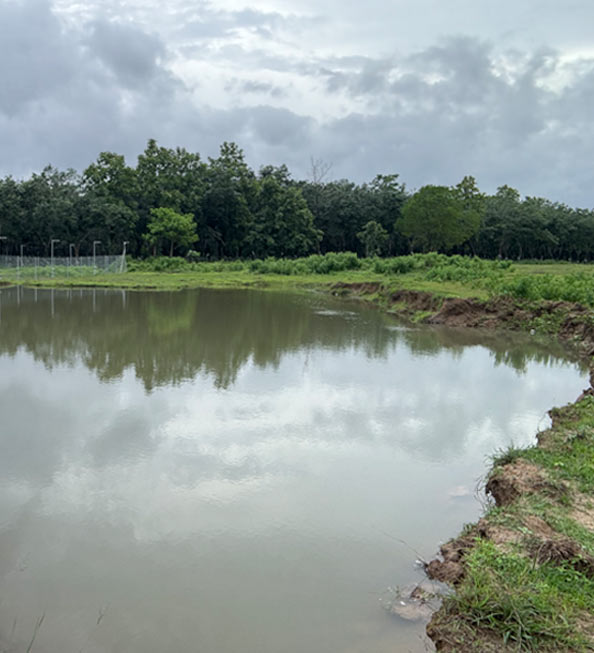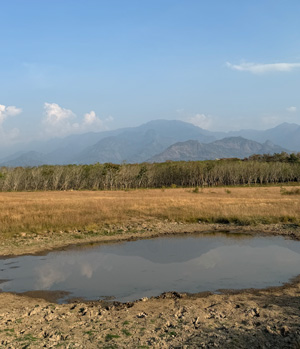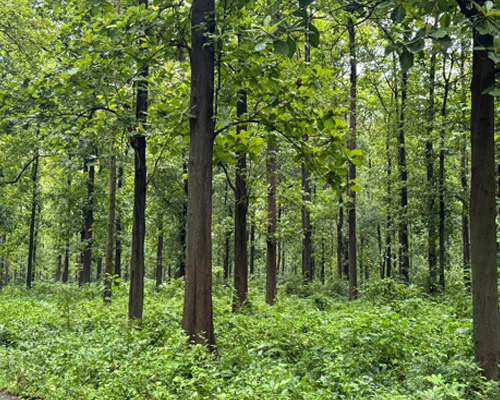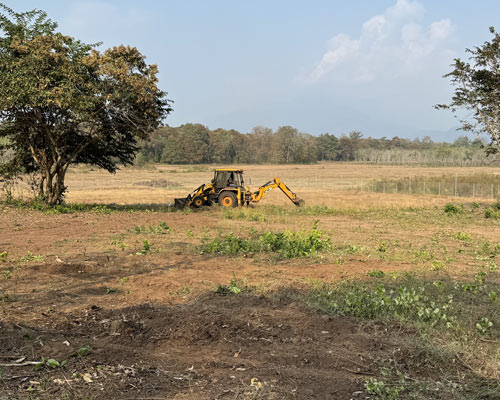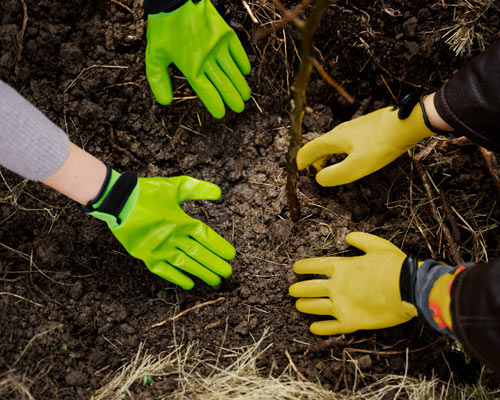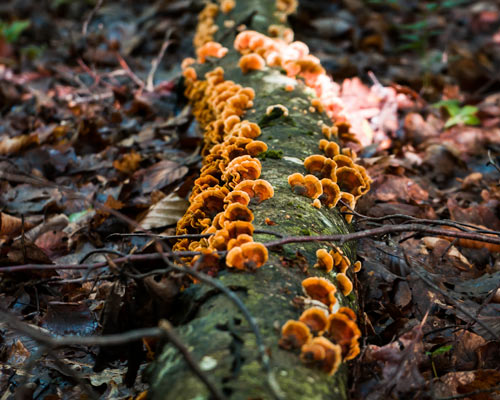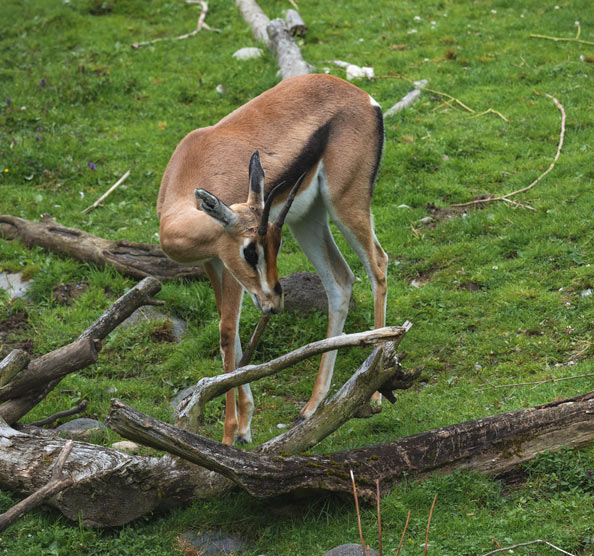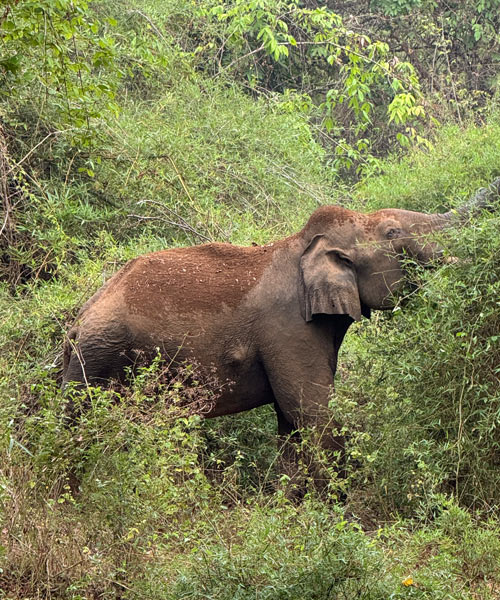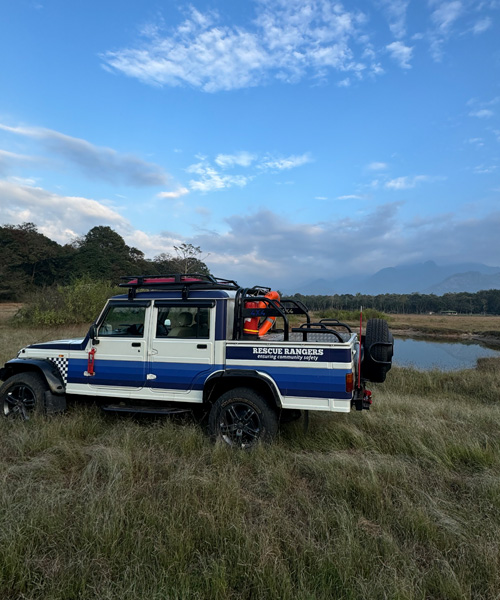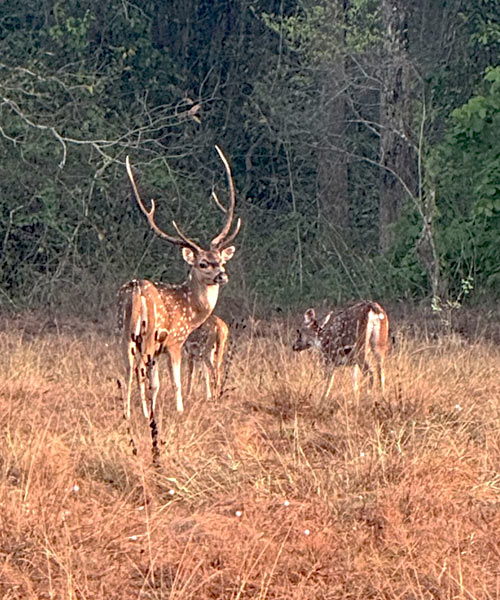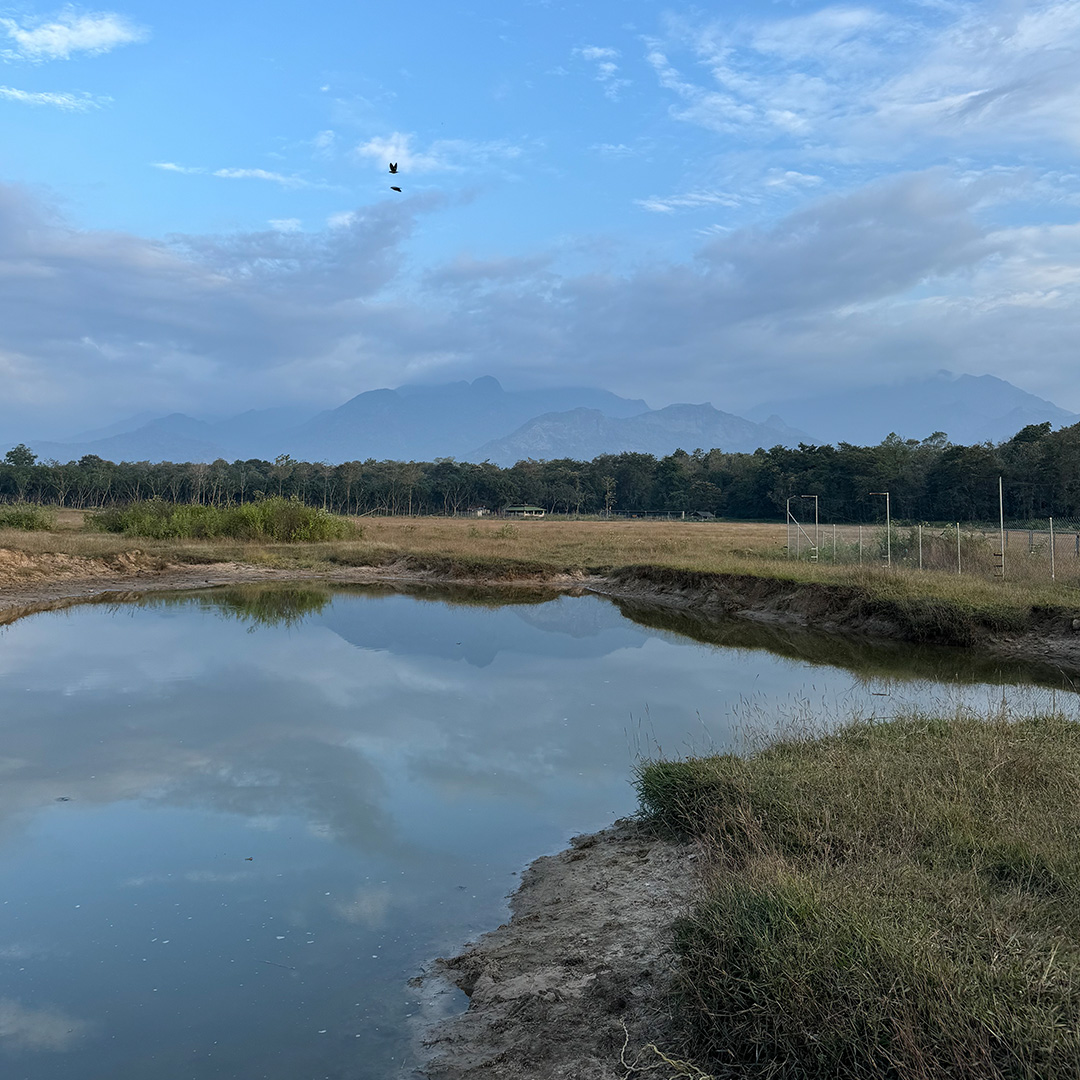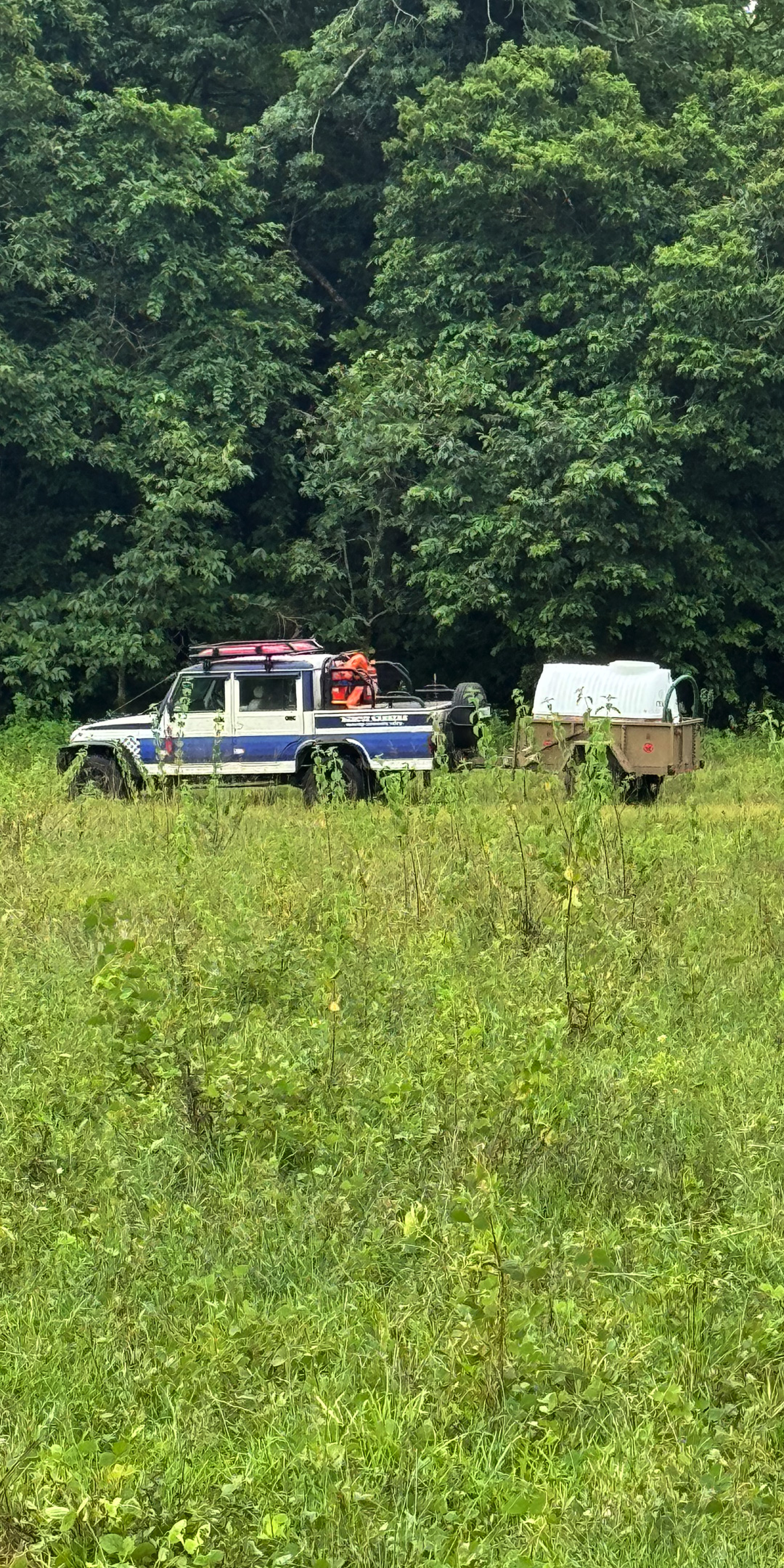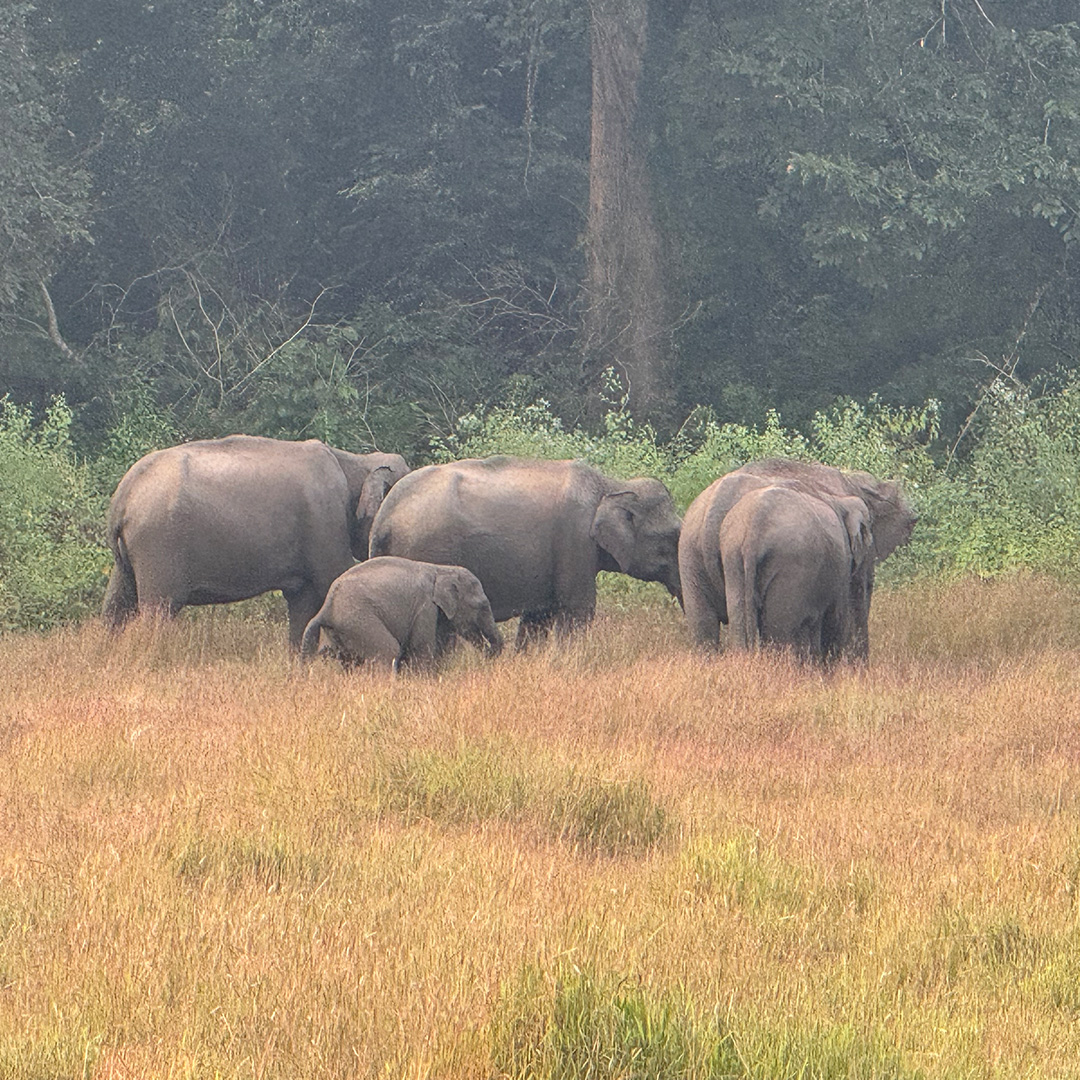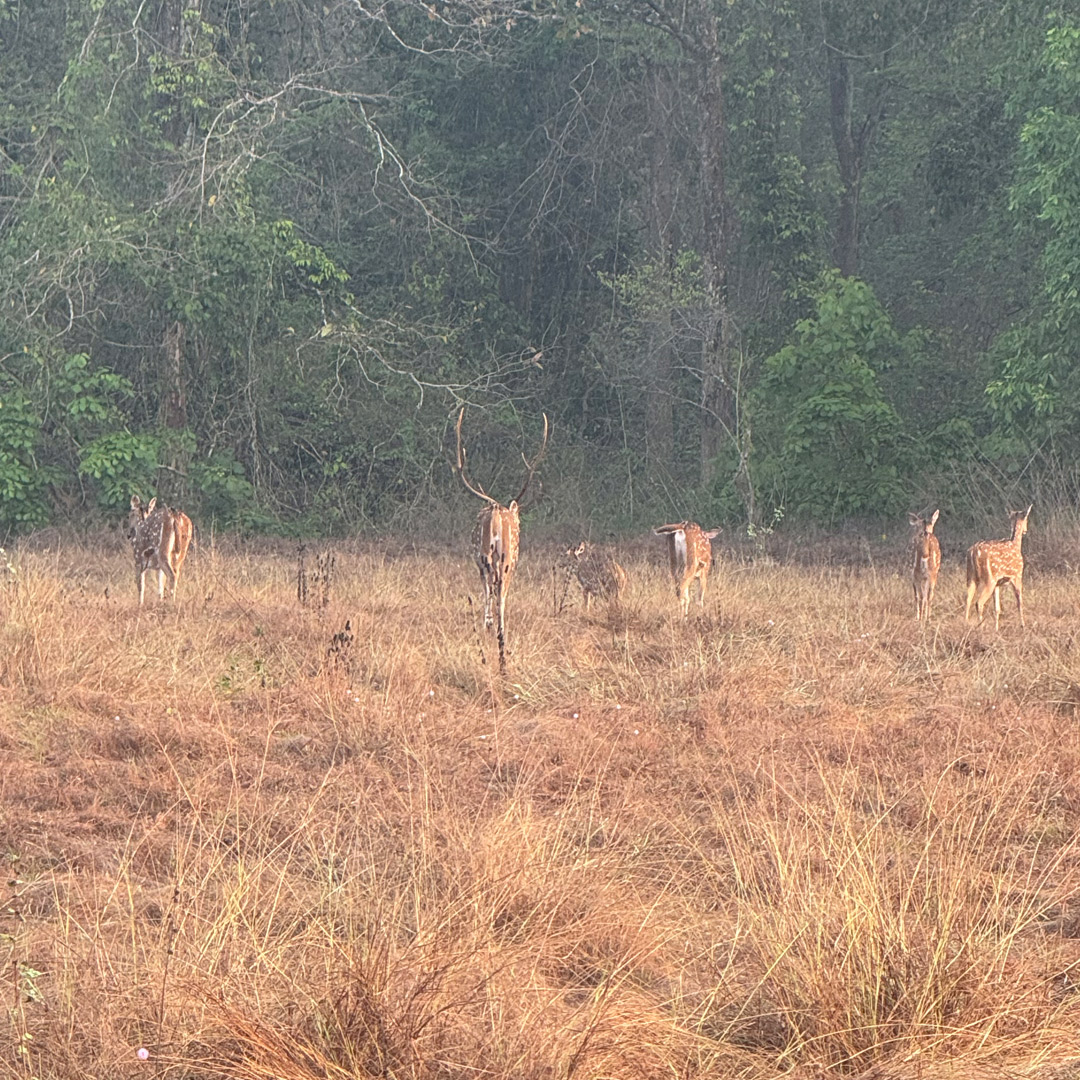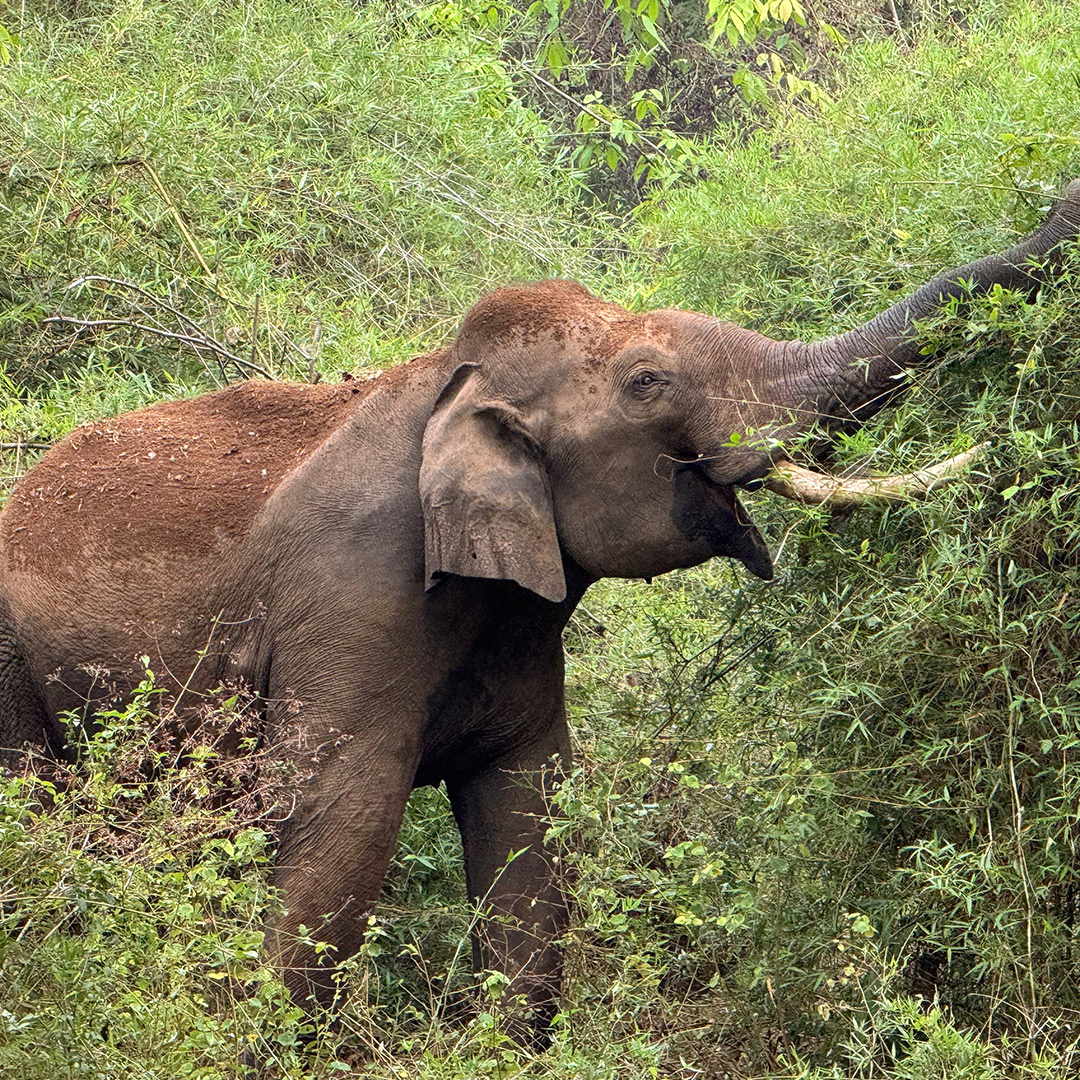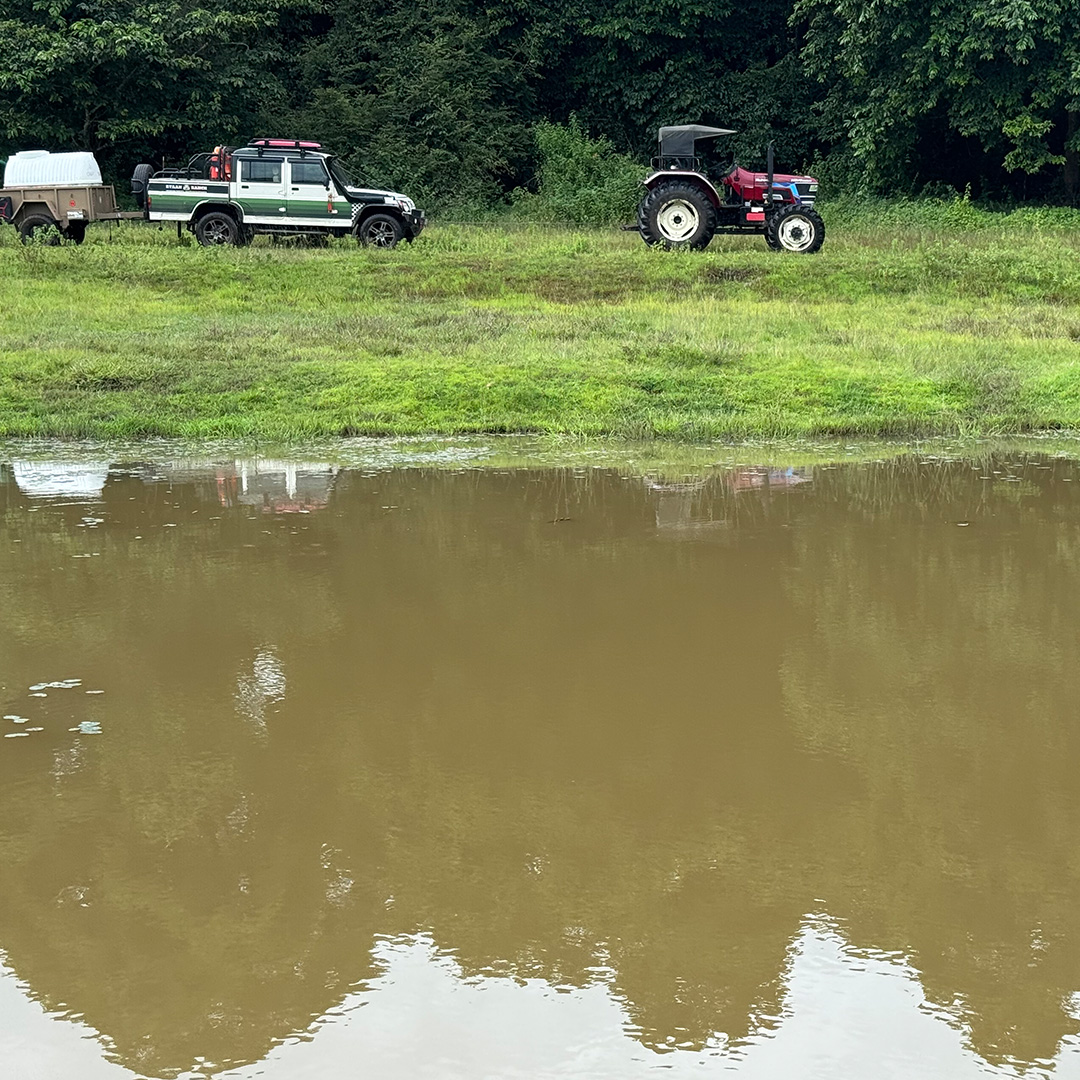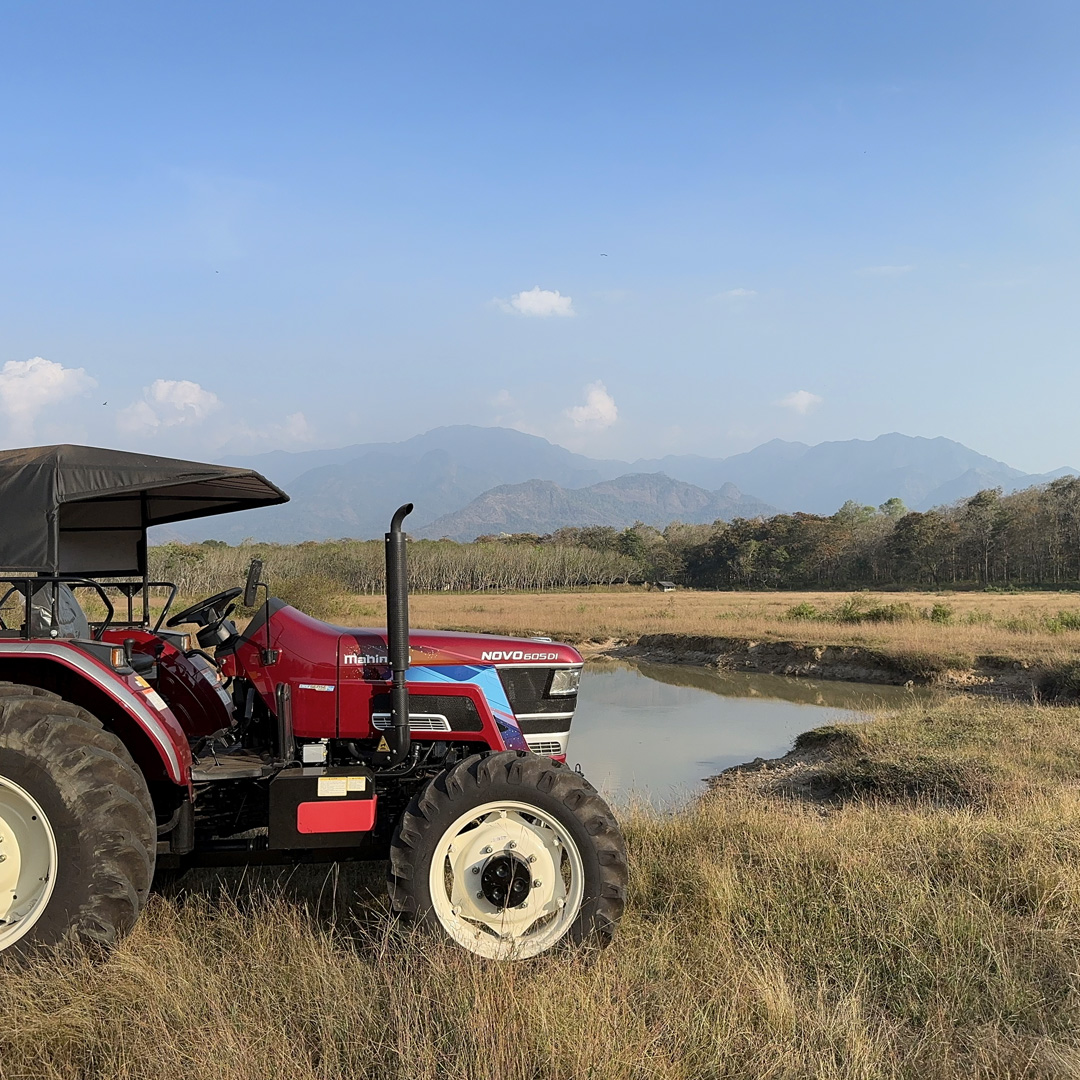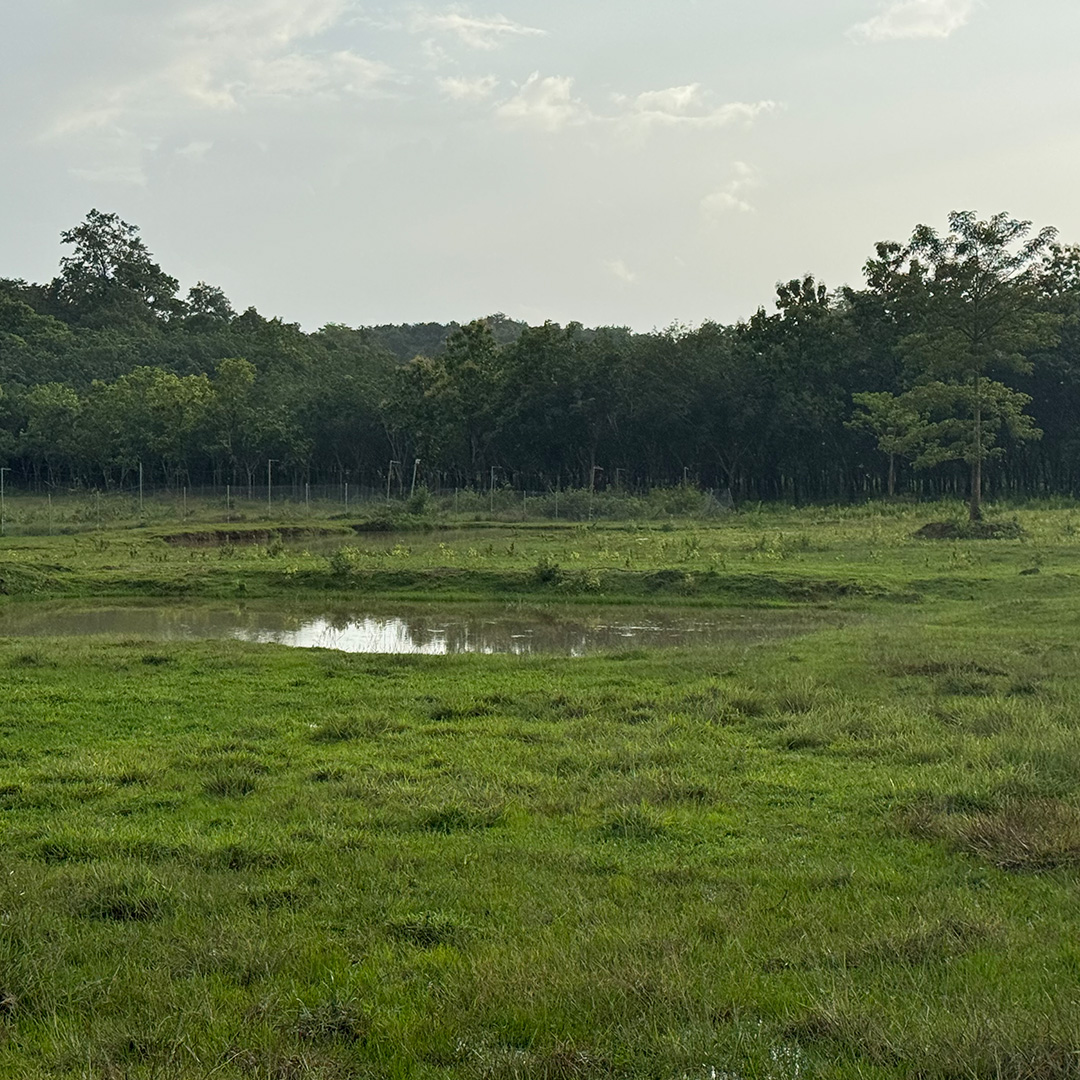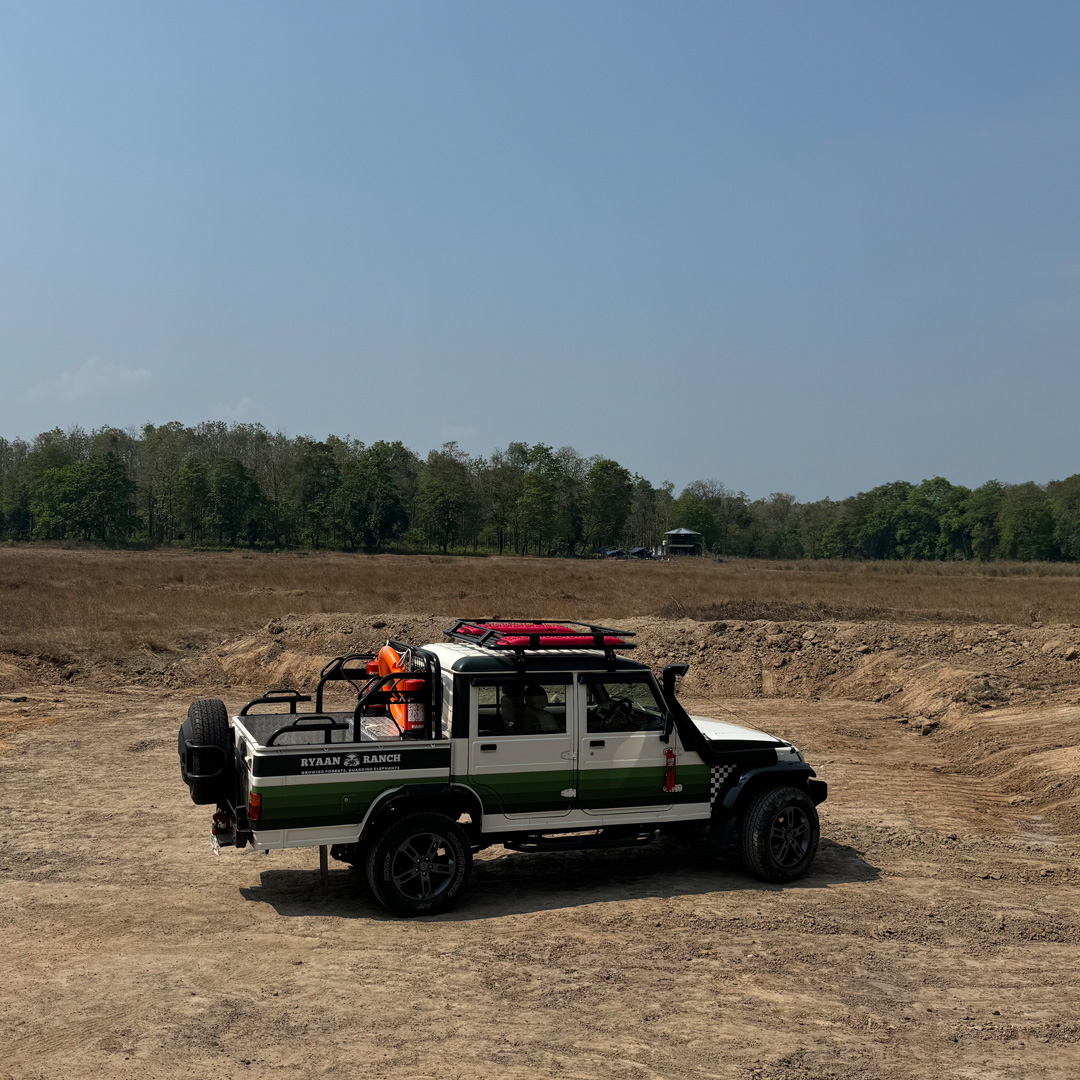Ryaan Ranch
25 Acres of Hope and Harmony
Nestled deep within the Shankarkode region of Karulai, Nilambur, the Ryaan Ranch Reserve spans 25 acres of privately protected forest land. This sacred patch of earth lies at the edge of the Karimpuzha Wildlife Sanctuary and is completely surrounded by untouched rainforest, ancient hills, and meandering rivers. More than just land—it is a living sanctuary, a breathing extension of the larger Nilgiri Biosphere Reserve, and a symbol of hope for a future where forests are preserved, not plundered.
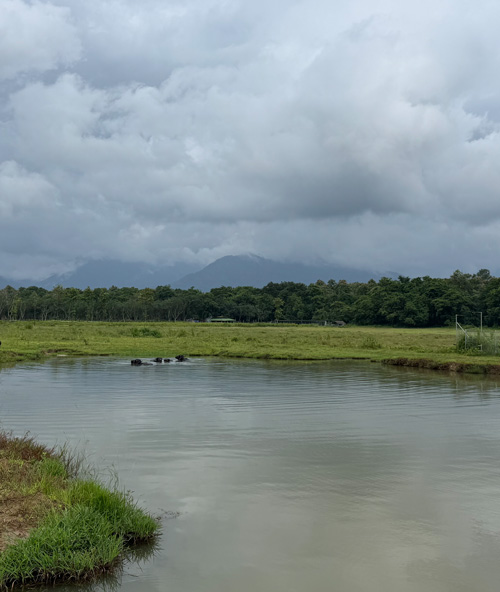
Location Highlights
Geography: Located in Shankarkode, within the heart of the Western Ghats, one of the most biologically rich regions in the world
Ecosystem: Forms part of a natural elephant corridor, regularly visited by wild elephants, sambar deer, and other species
Accessibility: Remote yet reachable—far from urban interference, but close enough for researchers, rangers, and conservationists to access
Buffer Zone: Positioned as a transition buffer between human settlements and core forest, serving as a critical safety valve for wildlife movement
The Ryaan Ranch Reserve represents a unique conservation model in India, where private landowners voluntarily protect land for the benefit of wildlife and the wider ecosystem. It stands as a working example of how individual action, guided by science and compassion, can help address global issues like:
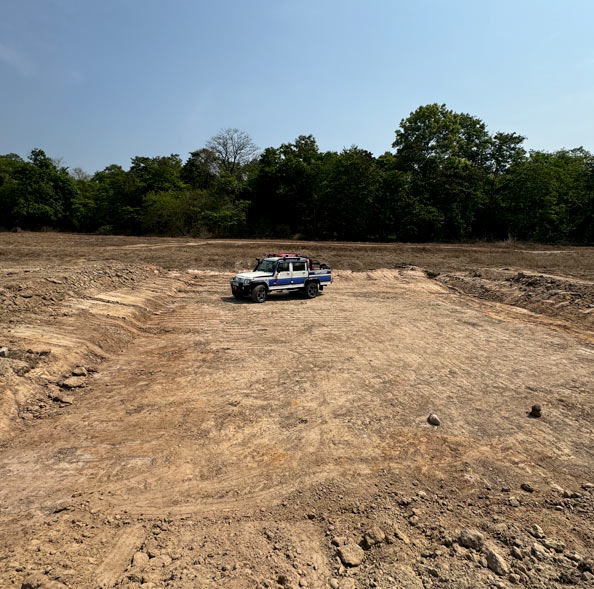
Habitat loss
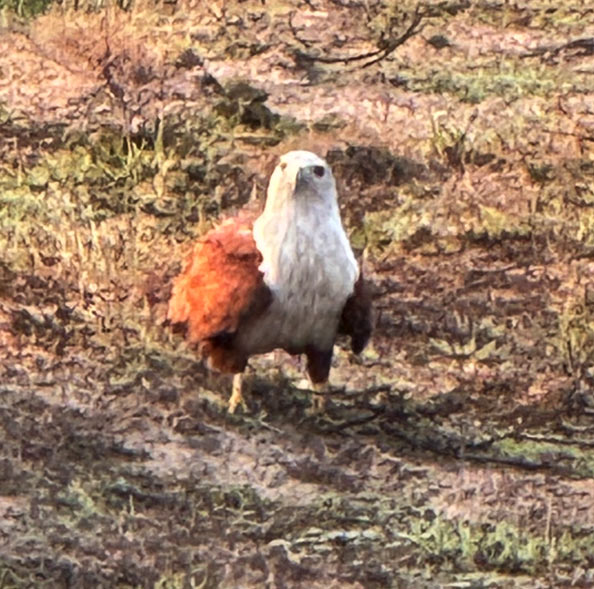
Species extinction
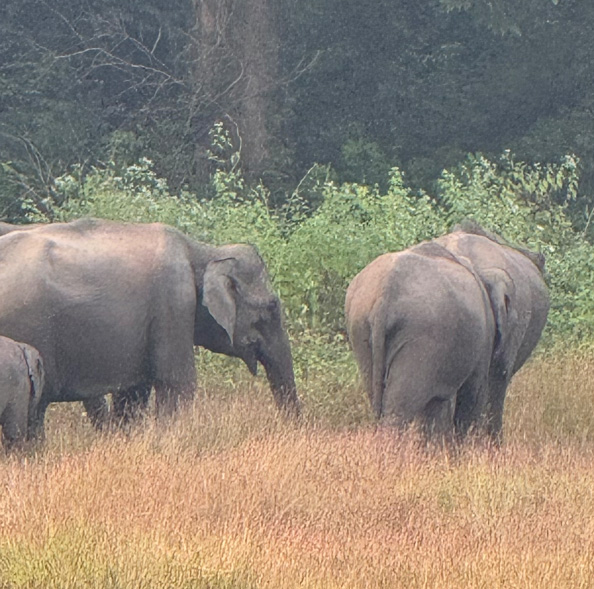
Human-wildlife conflict
